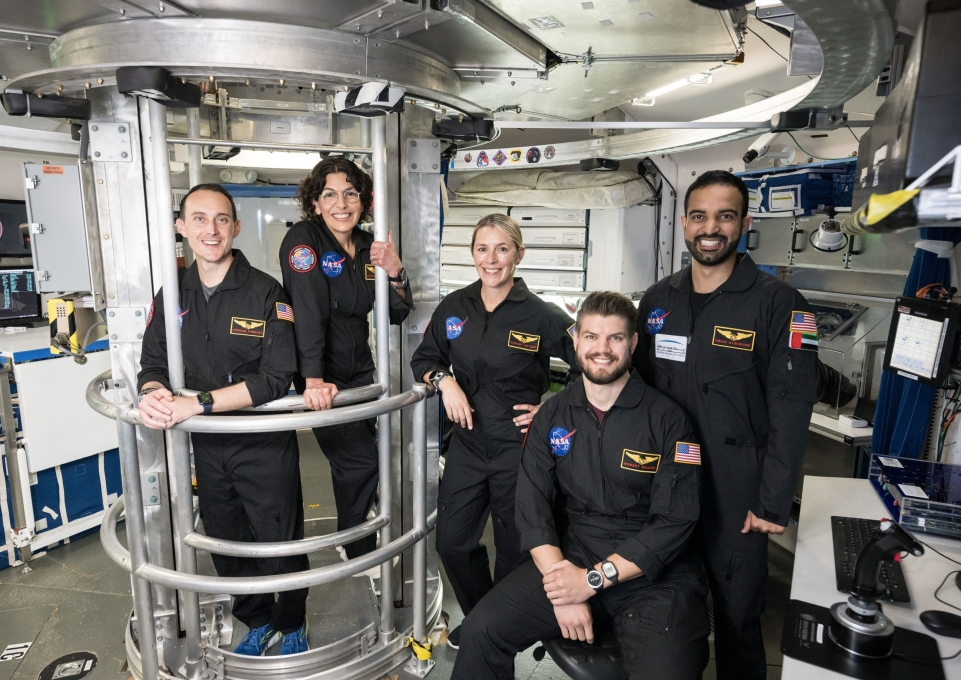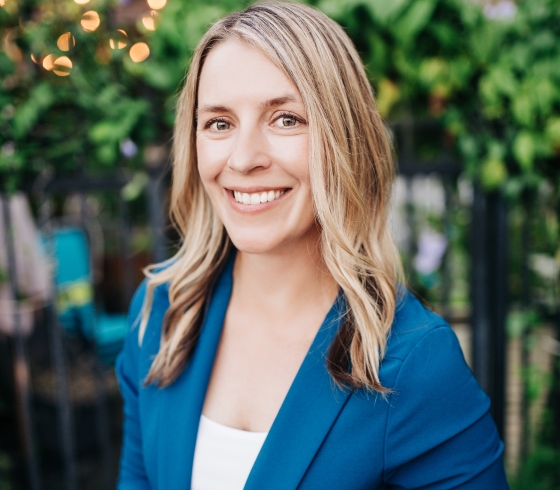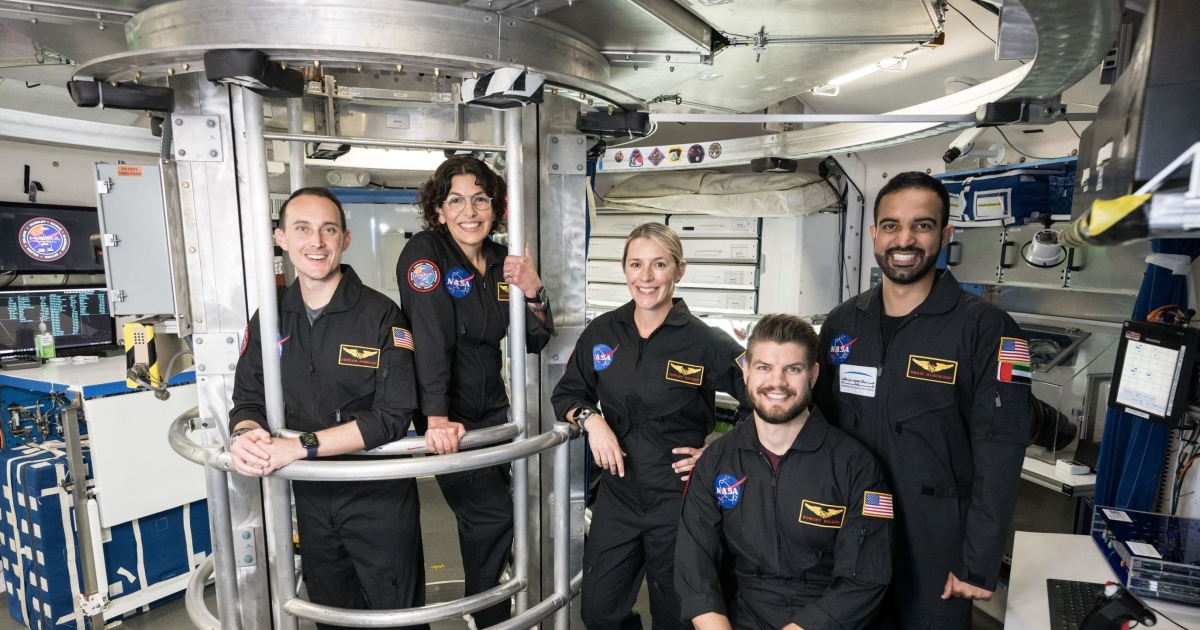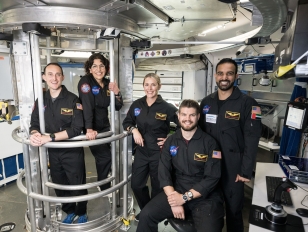
Tiffany Snyder, ’03, was pursuing a bachelor’s degree in earth science at Buffalo State when she discovered her affinities for technology and communication, skills that have propelled her into a successful career in cybersecurity mission integration with the National Aeronautics and Space Administration (NASA).
As a college student, Snyder joined the National Guard and, after graduation, worked in an air force information technology job in Colorado and a special agent role with the Department of Defense in Florida before being hired by NASA in 2018.
Snyder recently put her communication skills to the test as a participant in a NASA mission simulation using HERA, a 650-square-foot habitat designed to serve as an analog for isolation, confinement, and remote conditions. The mission was an analog for traveling to Mars, testing the effects of confinement, isolation, and communication delays.
We caught up with Snyder to talk about the simulation experience and how Buffalo State set her on the path to success.
Tell us about the mission simulation.
It was amazing but challenging. NASA was studying not just behavioral changes but also biological changes—watching how we solved problems together through cohesiveness, leadership, and teamwork. We were encouraged from the beginning to try and fully immerse ourselves in the simulation because they want good data. The confinement didn’t bother me as much as I thought it would—I was an only child in rural WNY in the eighties, so I spent a lot of time alone—but it was harder than I expected not to be able to talk to my family.

What did you learn?
Group dynamics make or break a mission. We had no privacy; you are eating and sleeping and working with the same three people for 45 days straight, so little things could become big problems quickly. You need a crew that can work through it. My crew was amazing. We got along so well—there were so many times when things were emotionally hard; if somebody in the group had not been empathetic, it would have been unbearable. Humor was how we got through it—a lot of humor.
What drew you to Buffalo State?
It had a great earth science program and great teaching programs and sounded like a great fit for me. The location is also prime!
How did Buffalo State prepare you for where you are now?
The faculty was very supportive—I never got the sense from anybody at Buff State that I couldn’t do what I wanted to do. It was this sense of, “Of course you can do whatever you want to do. Obviously, you can.” I got married midway through one of my semesters because my husband was getting deployed to Iraq, and the support that the faculty showed me was amazing. My professors also emphasized critical thinking skills and adaptiveness. Western New Yorkers are a resilient people—we do the job with a good sense of humor; we’re hardworking. I got that from my time at Buffalo State.
What lessons from Buffalo State do you carry with you?
I was there during September 11, which was a weird time to be coming of age, in the military, at college. We really did come together as a community and pull through, with a commitment to working toward a better future. I think that’s really what drove me toward NASA as an agency—it’s for the future; a lot of things we’re doing I’ll never get to see. It’s for the good of all humankind.
What advice do you have for current Buffalo State students?
Reach for those opportunities. Put your name in the hat and don’t be afraid of rejection. I was an okay student from Attica, NY, and now I work for NASA with some of the most amazing people in the world. This is something within reach for anyone at Buff State. If there was a path for me, there is a path for them. NASA—and the future of human space flight—involves solving a lot of problems. We need people with a lot of different skill sets—people who know how to grow food, who can lift heavy things, who are good at communication, people in healthcare and legal. There is a seat at the table for anybody from Buff State.
Photos courtesy of Tiffany Snyder and NASA.



